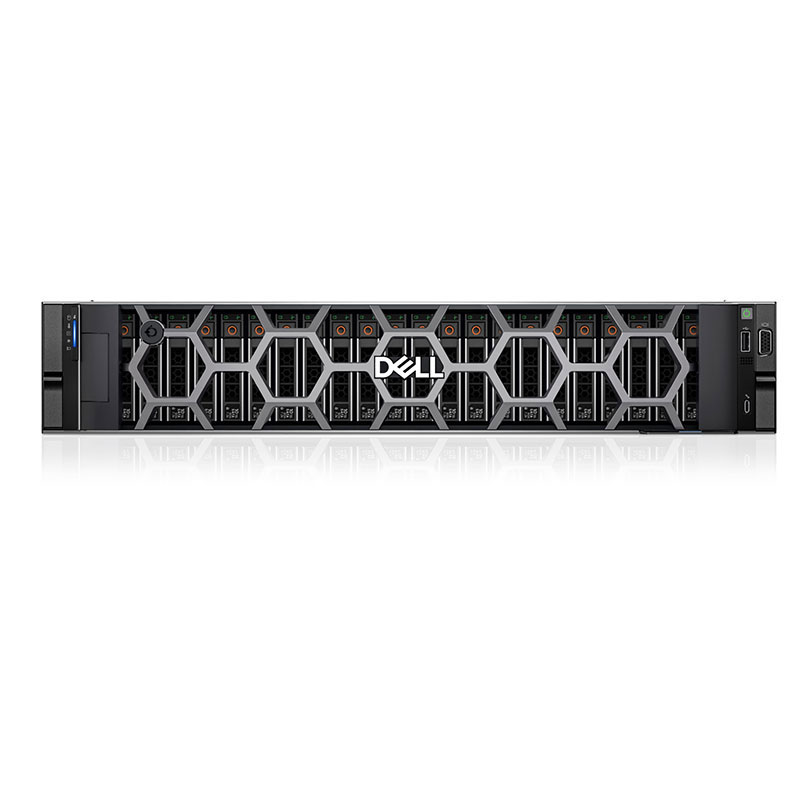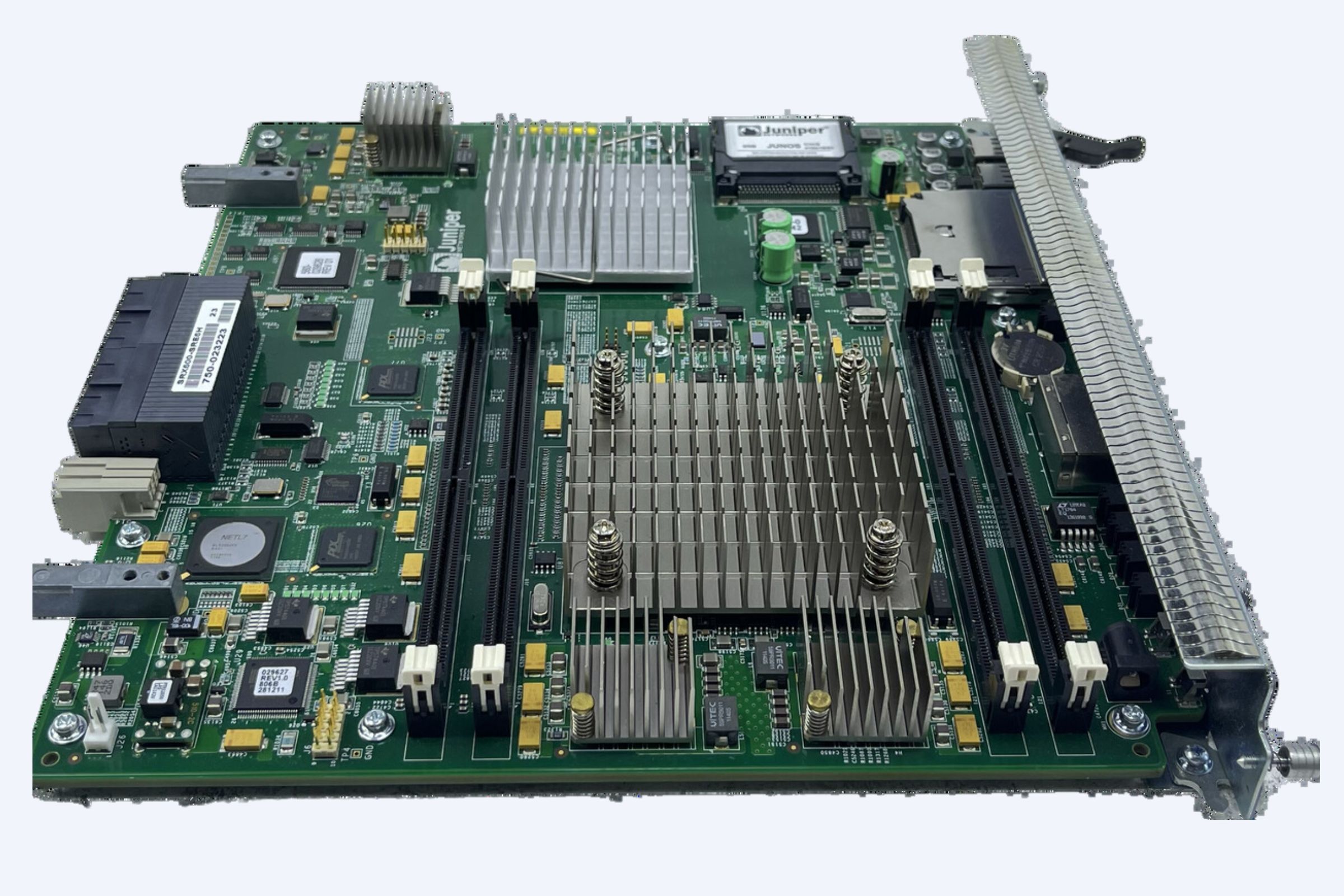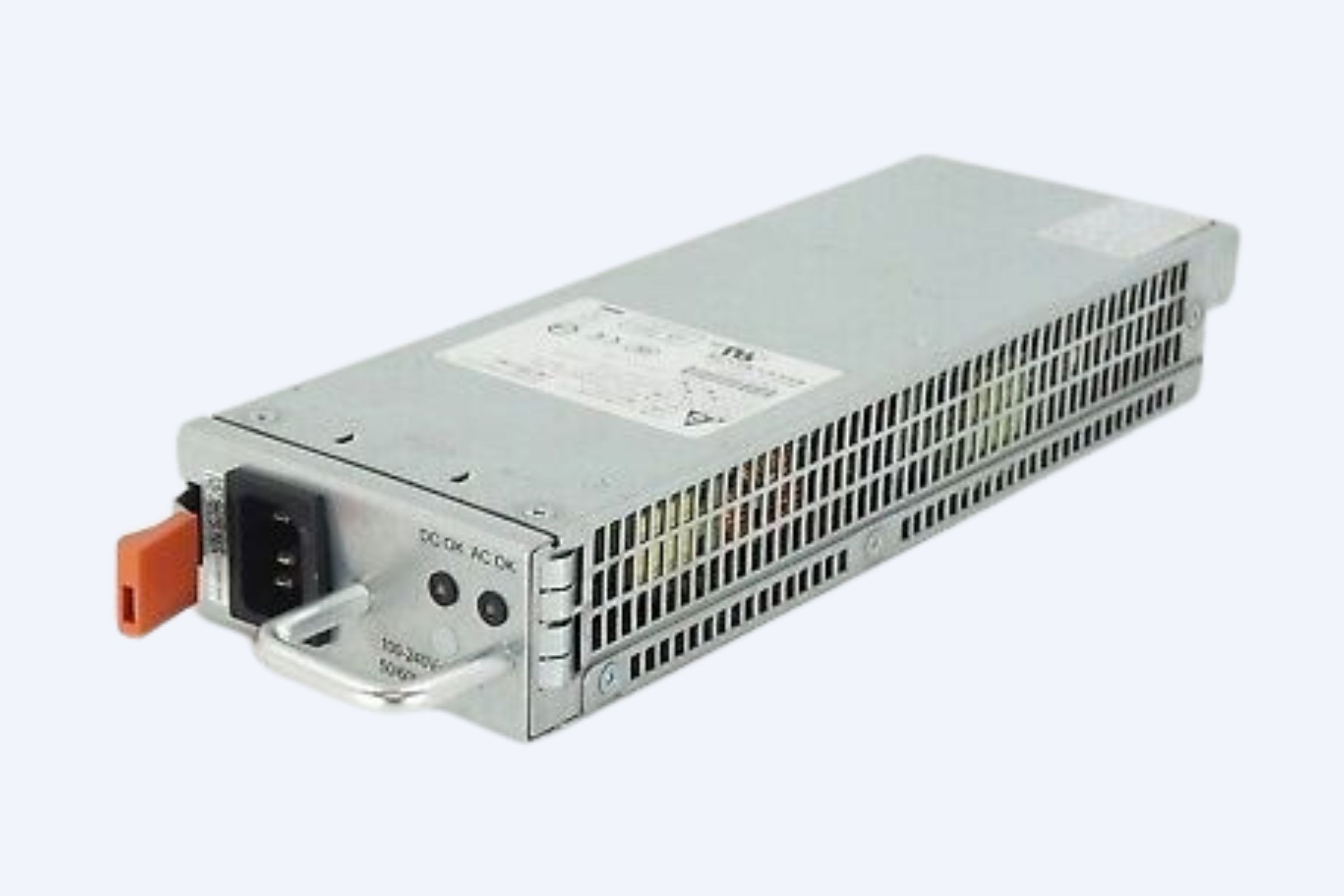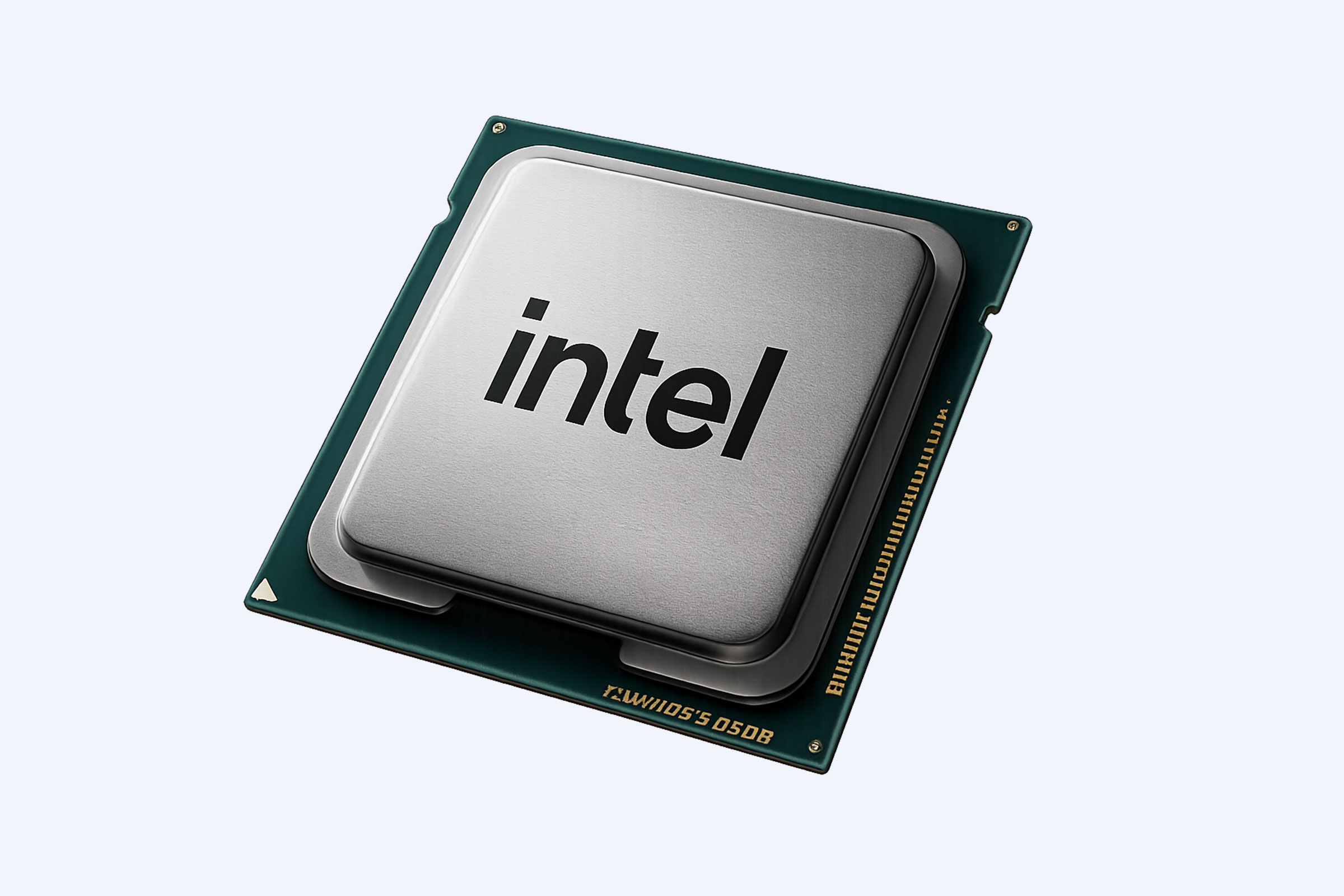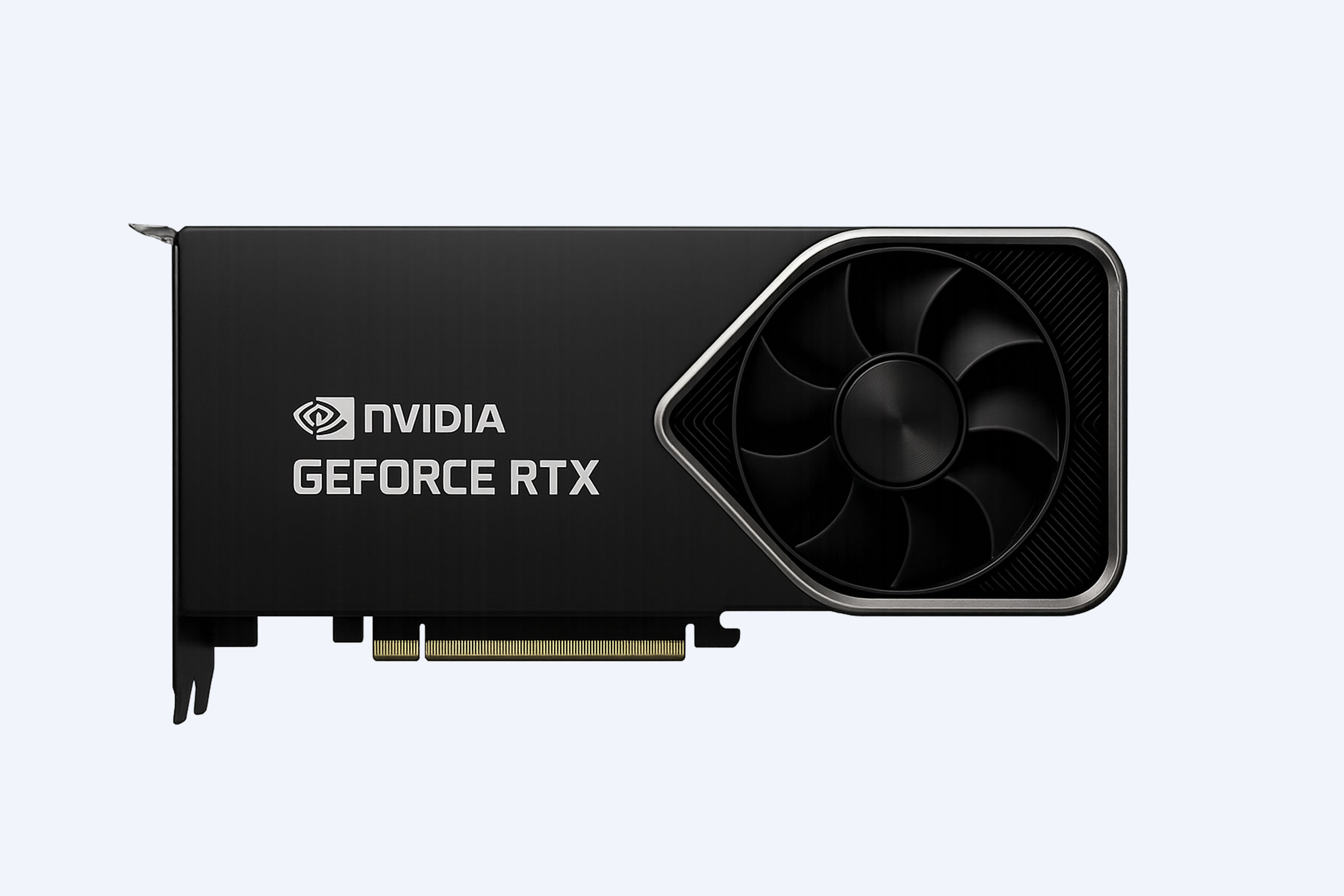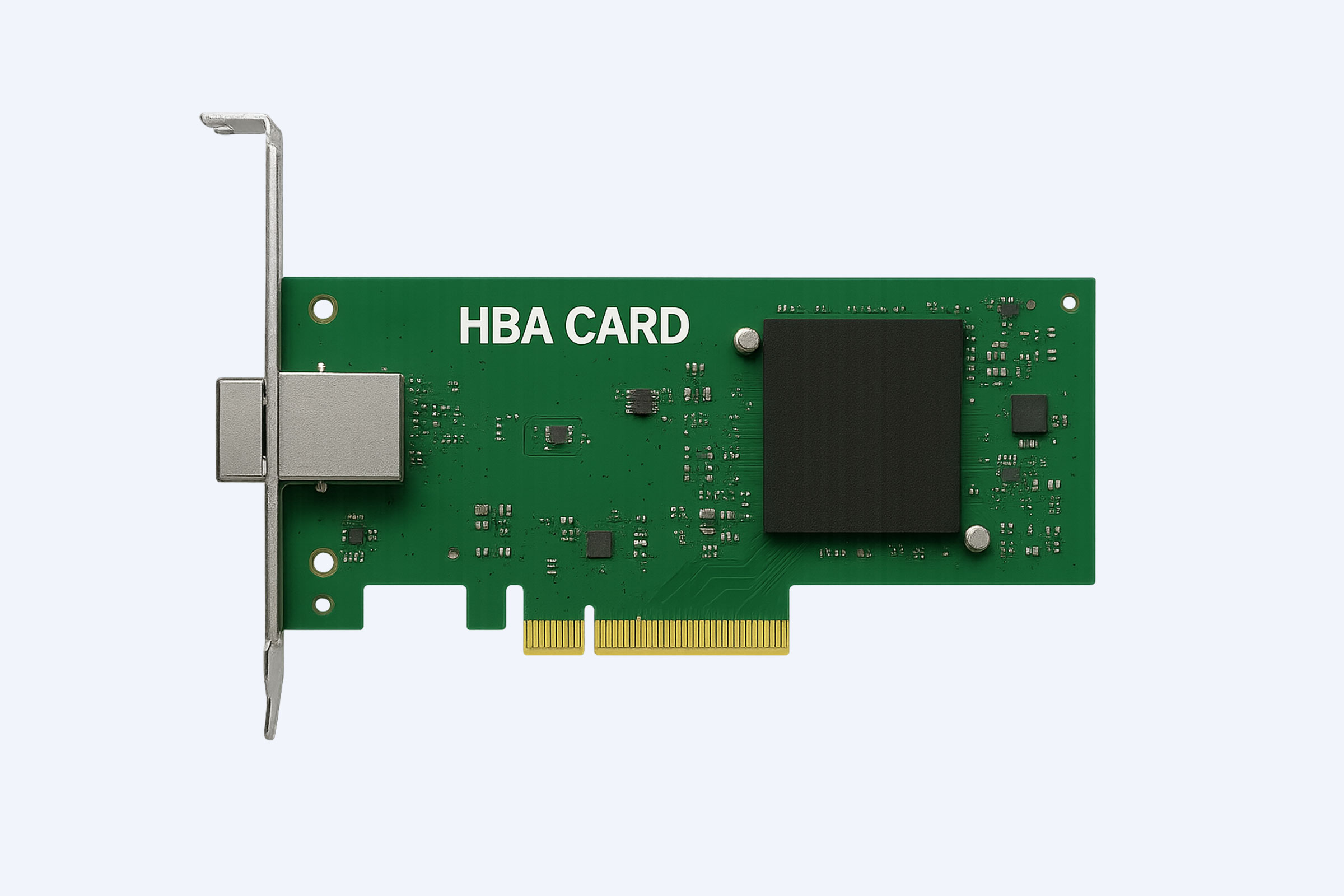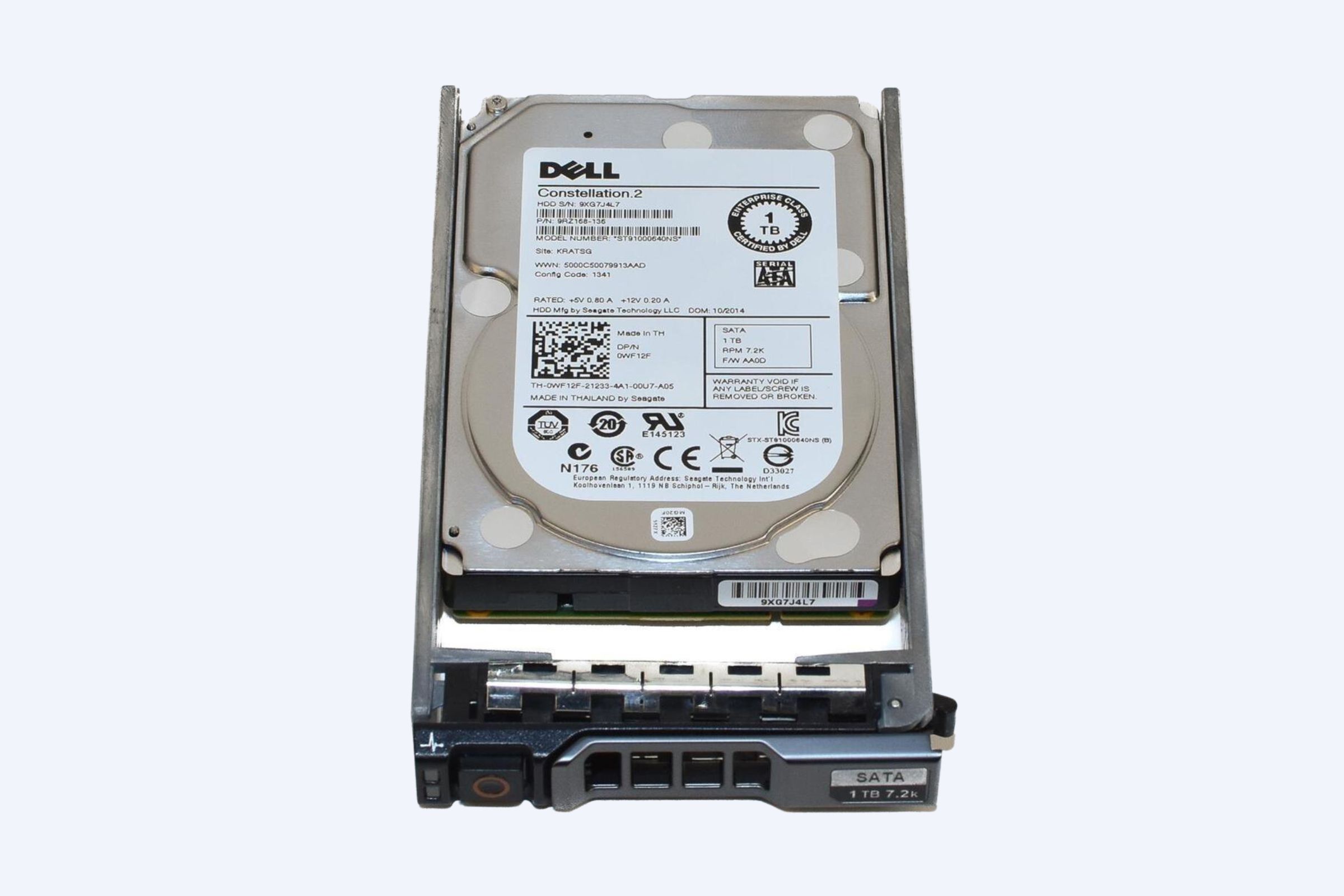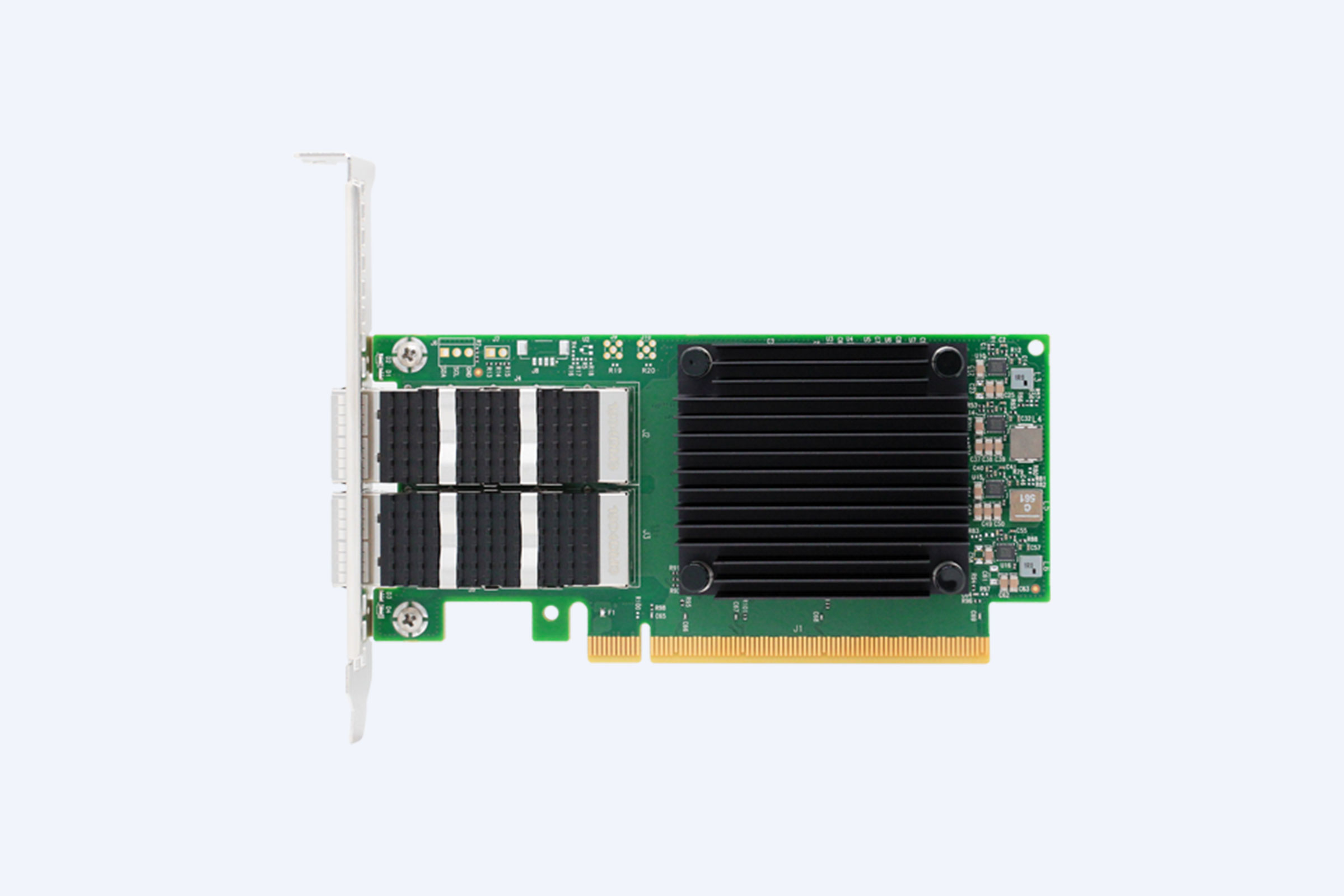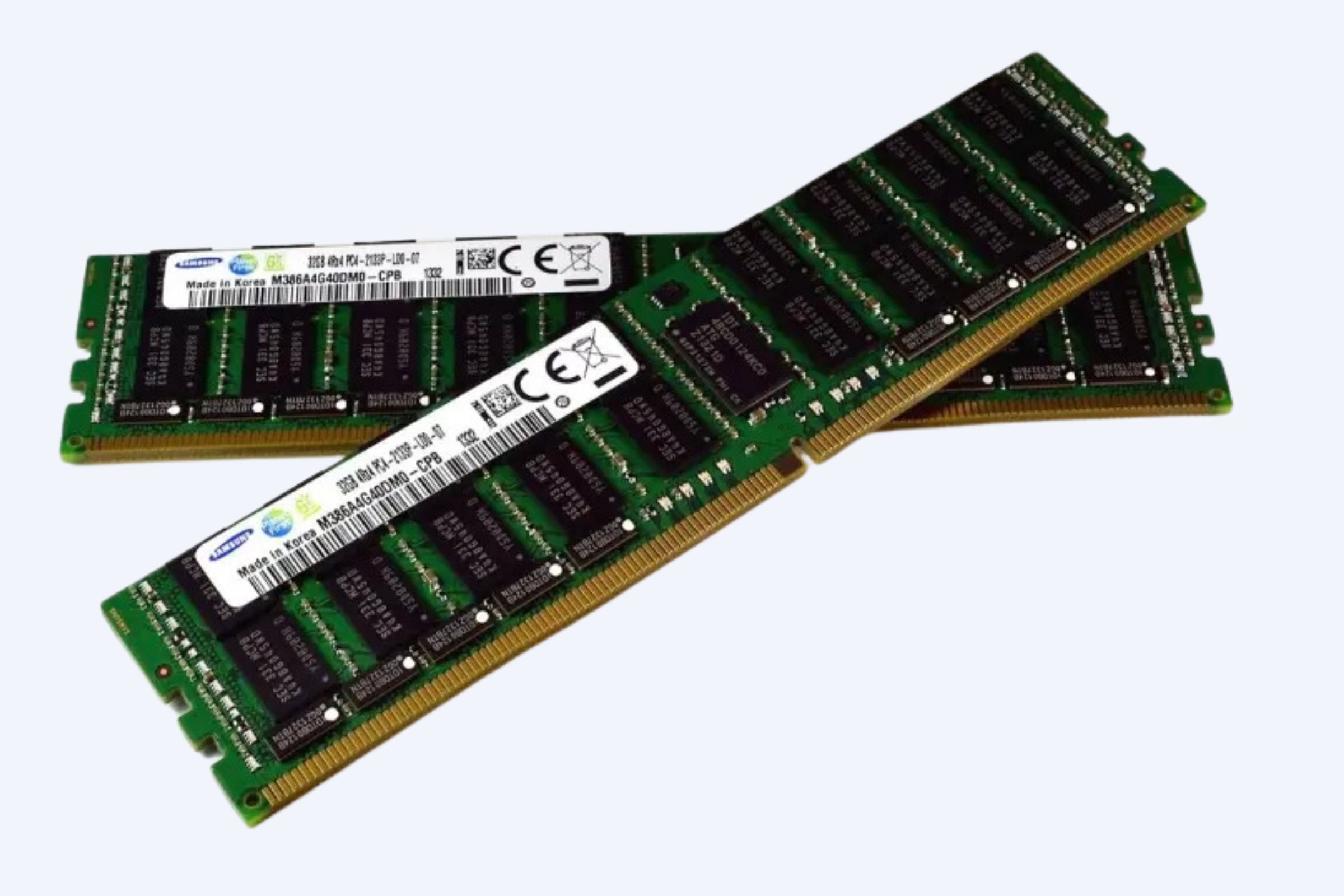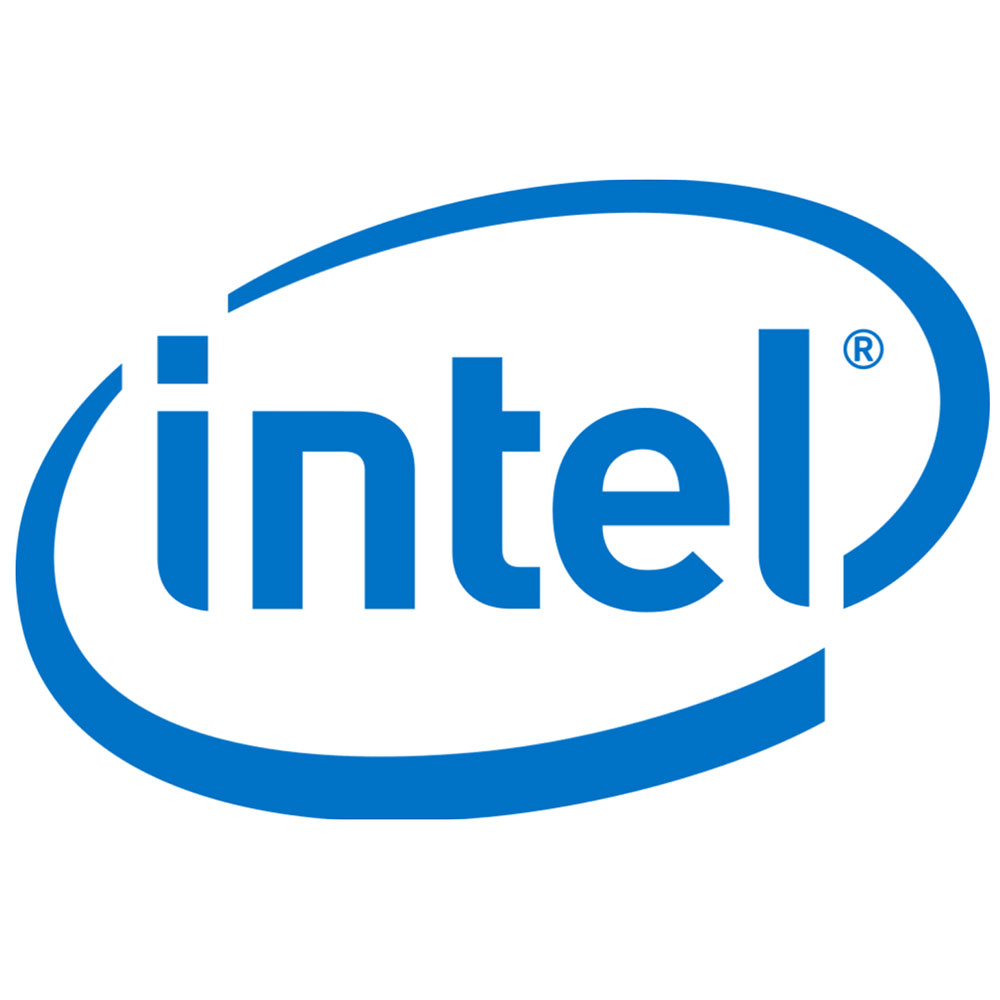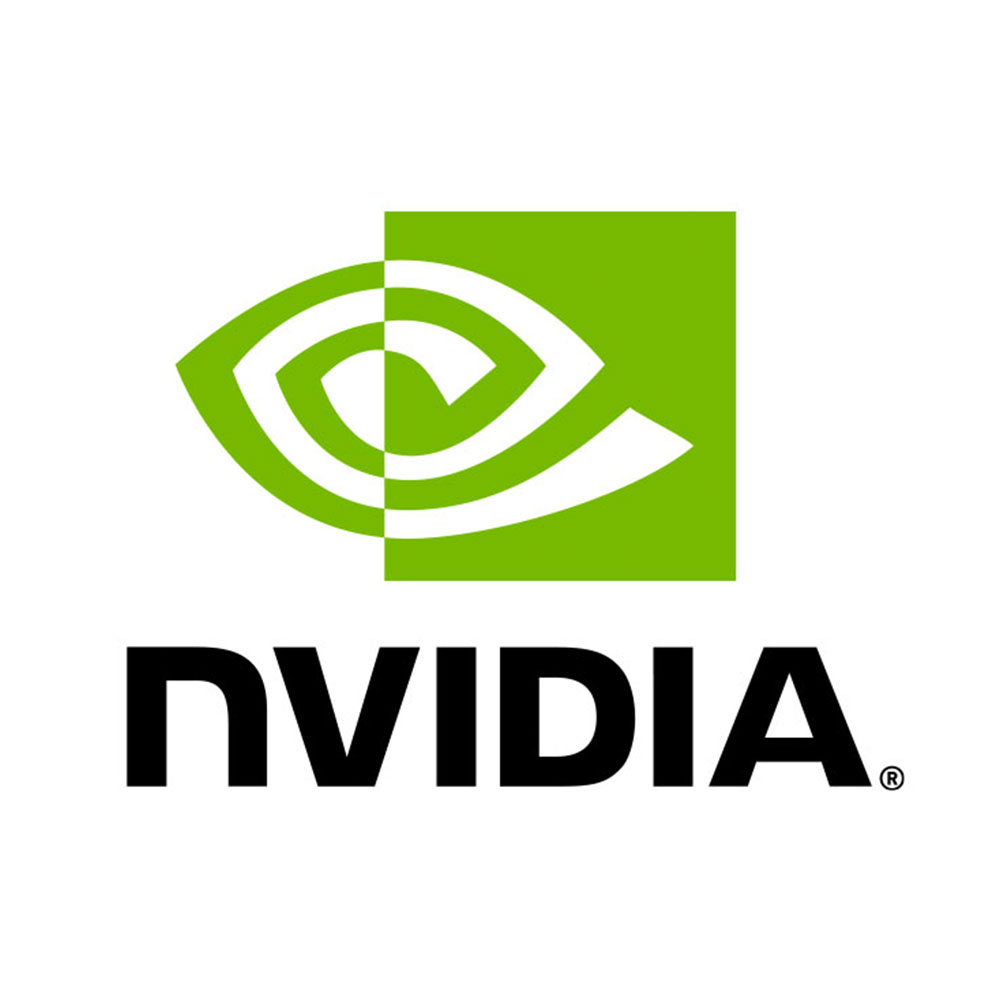The Dell PowerEdge T40 is a popular choice for homelabs and small businesses due to its affordability, quiet operation, and solid performance for entry-level server tasks. However, it has hardware limitations and proprietary components that may impact upgradeability and suitability for certain workloads.
What Are the Hardware Limitations of the Dell PowerEdge T40?
The Dell PowerEdge T40 has a 300W proprietary power supply that limits the use of high-power components like advanced GPUs. It supports up to three 3.5-inch hard drives, fewer than its predecessor the PowerEdge T30, which offered four bays. The T40’s proprietary plastic drive mounts and missing SATA cables can make drive upgrades challenging. Despite having a motherboard NVMe slot, BIOS restrictions prevent booting from NVMe drives, limiting storage options.
How Can You Upgrade the Dell PowerEdge T40?
CPU upgrades are possible by updating the BIOS, allowing 9th-generation Intel Coffee Lake processors such as the Core i9-9900K to be installed, with some users preferring Xeon CPUs for compatibility. RAM can be expanded up to 64GB of DDR4 ECC memory, catering to workloads requiring memory reliability like ZFS storage pools. Although the power supply is proprietary, some have successfully replaced it with a standard ATX PSU after verifying pin configurations to support more powerful GPUs.
Which Use Cases Is the Dell PowerEdge T40 Suitable For?
The Dell PowerEdge T40 excels in home server roles, homelabs, and small business environments with relatively light server workloads. It is a favored platform for Plex Media Server setups and applications like PiHole, Wireguard, GitLab, and Nextcloud. While it can run TrueNAS Core for ZFS-based storage, users often upgrade RAM beyond the standard 8GB for optimal performance. It is less suited for enterprise-class or compute-intensive workloads due to hardware and cooling limitations.
Why Do Some Users Prefer the PowerEdge T30 Over the T40?
Many users perceive the PowerEdge T40 as a downgrade in storage flexibility compared to the T30, primarily due to fewer hard drive bays and Dell’s shift to proprietary drive mounts and missing essential accessories like SATA cables. The T30 offered greater expandability with four hard drive bays and more accessible upgrade parts. Additionally, the T40’s cooling design and proprietary parts complicate customization and upgrades, leading some to recommend sticking with the older T30 model.
What Are the Common Troubleshooting Issues with the Dell PowerEdge T40?
Typical troubleshooting topics include no video output during boot, which can be resolved by checking display connections or resetting BIOS settings. Despite a proprietary PSU, the power connectors to the motherboard are standard, making PSU replacements technically feasible. Users also report BIOS limitations such as no NVMe boot support despite having M.2 slots and challenges around proprietary plastic drive mounting parts.
How Does the Dell PowerEdge T40 Compare to Workstation Alternatives?
Compared to desktop workstations like the Dell Precision 3630, the T40 trades off expandability and flexibility for affordability and quiet operation. Workstations generally offer better cooling, more PCIe lanes, and native support for higher-end GPUs, making them more suitable for demanding workloads. Servers like the T40 focus on reliability and long-term 24/7 operation but are limited by proprietary components and a smaller power budget.
When Should You Consider a Custom or Cloud-Based Solution Over the T40?
If higher GPU performance, superior storage expansion, or better cooling is a priority, custom-built servers or workstations may be more appropriate. For machine learning or intensive compute projects, cloud platforms offering scalable GPU resources like AWS SageMaker may surpass the T40’s limitations. Evaluate upfront costs, upgrade flexibility, and long-term scaling needs before committing to the T40 for specialized applications.
Can the Dell PowerEdge T40 Support Modern Storage Technologies Like NVMe?
While the T40 motherboard includes an NVMe slot, the server’s BIOS does not currently support NVMe booting, limiting practical usage of NVMe drives to secondary storage only. This constrains performance improvements that modern storage technologies could offer, particularly for storage-centric workloads. Users requiring extensive NVMe use may find this limiting.
What Are the Key Features and Specifications of the Dell PowerEdge T40?
-
Processor: Intel Xeon E-2224G (quad-core, 3.5GHz base, 4.7GHz turbo)
-
Chipset: Intel C246 supporting ECC DDR4 memory up to 64GB
-
Storage: 3 x 3.5” SATA drive bays, lacks included SATA cables for extra drives
-
Power Supply: Proprietary 300W Bronze PSU
-
Expansion: 4 PCIe slots (varied lanes)
-
Networking: Single 1GbE port with Intel i219 controller
-
I/O: Multiple USB ports (front and rear), dual DisplayPorts supporting 4K output
-
Dimensions: Compact 20.4L chassis, smaller than PE T30
Wecent Expert Views
“Wecent Technology recognizes the Dell PowerEdge T40 as a practical entry-level server for small-scale IT environments, especially where budget and quiet operation are priorities. However, Wecent advises careful consideration of its hardware limitations, particularly the proprietary power supply and limited drive bays. For clients seeking customization or future-proof upgrades, Wecent recommends exploring T30 alternatives or workstation-class servers. At Wecent, we help businesses identify the best-fit server solutions balancing cost, expandability, and reliability.”
What Advice Does Wecent Offer for Optimizing the Dell PowerEdge T40?
Wecent suggests maximizing RAM when deploying software like TrueNAS and upgrading to reliable ECC memory suited to storage arrays. They also recommend verifying BIOS updates before attempting CPU upgrades. Given proprietary cables and mounts, Wecent encourages securing compatible replacement parts early. When increased GPU power is needed, Wecent supports PSU replacement after thorough compatibility checks to maintain stability and performance.
Conclusion
The Dell PowerEdge T40 serves well as a cost-effective, quiet server for homelabs, media servers, and small business use cases. Its upgrade paths for CPU and RAM give some longevity, but proprietary components and limited storage expandability constrain growth. Users must weigh these trade-offs carefully, potentially favoring the older T30 or custom solutions for greater flexibility. Wecent advises prospective buyers to evaluate workload needs against the T40’s constraints and consider professional guidance to optimize their IT infrastructure.
FAQs
Q: Can I upgrade the CPU in the Dell PowerEdge T40?
A: Yes, with a BIOS update, the T40 supports certain 9th-gen Intel CPUs like the Core i9-9900K, though compatibility with Xeon processors is also common.
Q: How many hard drives can the T40 hold?
A: The T40 supports up to three 3.5-inch hard drives, fewer than the four bays available in the T30.
Q: Is the power supply in the T40 standard?
A: No, the T40 has a proprietary 300W power supply which limits upgrades but some users have replaced it with standard ATX PSUs after verification.
Q: Can I boot from an NVMe drive on the T40?
A: No, despite having an NVMe slot on the motherboard, the BIOS does not support booting from NVMe drives.
Q: Is the PowerEdge T40 good for a Plex media server?
A: Yes, it is a popular, low-cost choice for Plex and other lightweight home server applications.



